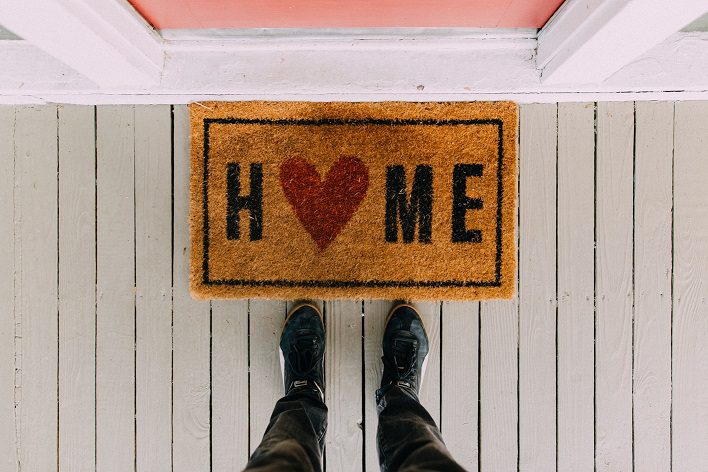
A Life-Long Home…
June 14, 2021
Our nation’s population is aging. According to Harvard’s Joint Center for Housing Studies’ annual report, “within the next two decades, the number of households headed by people age 75 and over is projected to double from 14 million to 28 million.” While many of us would prefer to live in our homes to the end, accomplishing this feat takes a lot of careful planning – and homes that are kind to older folks. Harvard’s report estimates that only about 3.5 percent of US housing has critical accessibility features. The importance of such features is illustrated by the CDC estimate that more than one in four individuals aged 65 or over are treated in emergency departments each year for fall injuries. Safety upgrades that reduce the risk of falls are lifesaving.
Getting your home “senior-friendly” could take some time, but modern technology can help. AARP recently released a free app called HomeFit, which can scan a room and suggest improvements to help turn a house into a “lifelong home.” The app is an addition to AARP’s HomeFit Guide: https://www.aarp.org/content/dam/aarp/livable-communities/livable-documents/documents-2015/HomeFit2015/AARP-HomeFit-Guide-2015.pdf.
Some of the most practical suggestions include widening doorways and hallways, adding wheelchair accessibility, eliminating furniture barriers, adding lighting for deteriorating vision, swapping out bathtubs for zero-threshold showers, and installing smart home technology like voice-controlled “smart” speakers to provide reminders on when to take medication or head to a medical appointment. Putting a home equity line of credit (HELOC) in place early could provide the cash needed for preparation or unscheduled repairs. And, the interest you pay on the first $750k is currently income tax-deductible if used for home renovation or repair.
There are lots of new wearable tech options that can provide some peace of mind about getting help if an emergency occurs. Battery-operated emergency alert systems like Philips Lifeline can detect falls and summon help; health trackers like the Apple Watch 4 can monitor your heart rhythm and call emergency services if immobility is suspected; and some cell phones like GreatCall offer physical emergency response buttons.
Even if you and your home are well-equipped, you might still need to have support. This could include homemaker services for cooking, cleaning, running errands; a home health aide for personal care assistance; and a home nurse for medical care. A Genworth website (https://www.genworth.com/) provides good information on possible costs. If the services are not needed right away, keep in mind that the average increase for these types of services has been 2-4% annually over the last 17 years. Genworth also puts out this useful report each year, which details the current costs and trends for in-home care services, assisted living facilities, and nursing home facilities.
Planning for how we want to spend our later years takes time and thought. If you are in this process, do not forget we are on your team, here to listen to any concerns you have, help you plan for the expected as well as the unexpected, and evaluate ways to mitigate your risks long-term.
Whitney Butler


